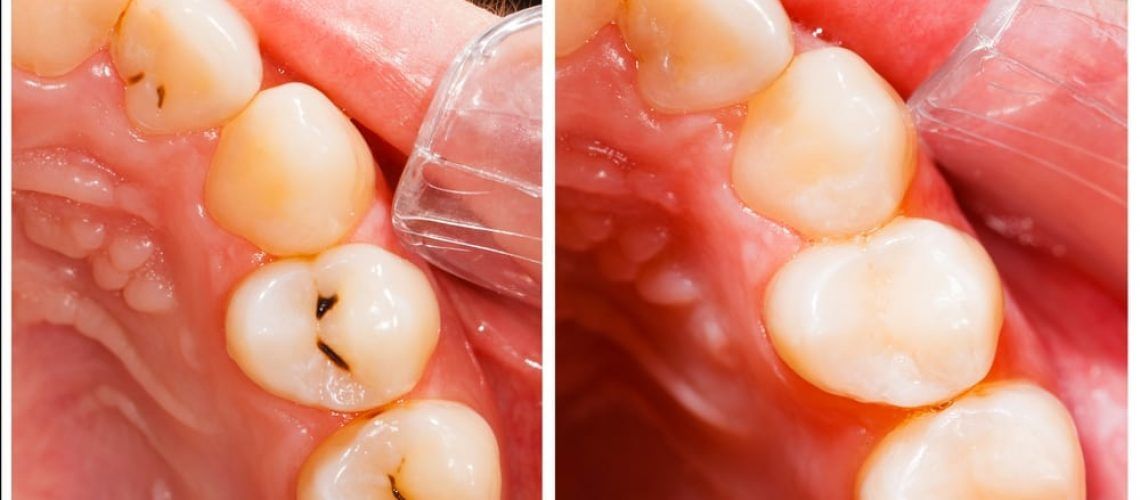Initially, dentists in the mid-1800s had begun to use metal fillings such as platinum, lead, and other metals to fill missing areas of the tooth, also known as amalgam fillings. It wasn’t until the early 1960s that composite fillings became a possibility and completely changed dentistry forever. Composite fillings were able to be polished and blended better into the natural tooth than metal, and also had less risk of corrosion and microleakage that occurred from metal fillings. Composite fillings are safe, long-lasting, and reliable, and allow for more conservative methods of restorative treatments.
Did you know…
Composite fillings help preserve the natural tooth structure because it chemically bonds to the surface of the tooth. Its strong adhesive properties, which are made of both composite resin and silica, have more transparency and wear-resistance, and thanks to today’s technology, can be used to fill all teeth. While the process for composite fillings tends to take longer than amalgams, it preserves the natural parts of the tooth through discreet restoration.
Frequently Asked Questions
Do I qualify for composite tooth-colored fillings?
Any cavities, broken teeth, or deteriorating fillings you may have can qualify you for a tooth-colored filling. They’re typically used for small to moderate-sized restorations, and depending on how much is needing to be restored, it can even be repaired within one visit. If interested, contact Dr. Karl at St. Clair Dental to schedule a consultation.
What should I know about composite filling treatments?
At Dr. Karl’s office, your gums and teeth will be examined and cleaned and then anesthetized near the site of the filling area. After the area becomes completely numb, she will remove any decaying or damaged parts of the teeth to make room for the new filling. The filling will be mixed to closely match the natural color of your tooth, and once prepped, the resin will be placed over the area, and depending on the type of composite, cured with a curing light for at least a minute. Afterward, the composite will be shaped and polished, leaving you with a completely repaired tooth.
How do I take care of my composite fillings?
After the composite filling procedure, you will be able to return to your normal activities. Your teeth may experience some sensitivity due to the treatment, but it should subside within a few days. If any pain continues, then contact St. Clair Dental to report to Dr. Karl.

